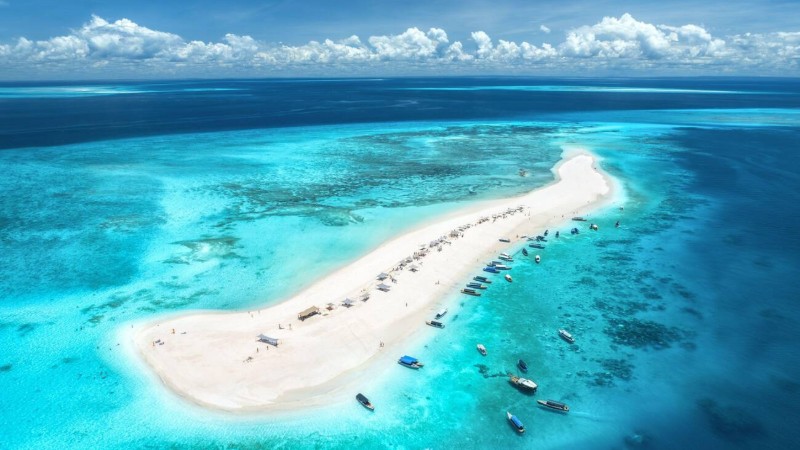
Zanzibar Island
Discover the iconic Zanzibar Island, Tanzania
Zanzibar Island, part of the Zanzibar Archipelago off Tanzania's coast, is a tropical paradise renowned for its pristine white-sand beaches, turquoise Indian Ocean waters, and rich Swahili culture. Often called the "Spice Island," it blends Arab, African, and European influences, offering a mix of relaxation, history, and adventure in a UNESCO-listed Stone Town.
Safari Cost
Destination Map
What are the main attractions of the Zanzibar Island?
Stone Town
A UNESCO World Heritage Site, this historic heart of Zanzibar City features narrow alleys, vibrant markets, and landmarks like the House of Wonders and Old Fort. It’s a cultural hub showcasing Swahili and Arab influences.
Jozani Forest
The last habitat of the endangered Red Colobus monkey, featuring mangrove boardwalks and indigenous flora.
Prison Island
A short boat ride away, this island hosts giant tortoises and a historic prison site, ideal for snorkeling and history buffs.
Spice Plantations
Known as the "Spice Island," Zanzibar’s plantations offer tours to experience exotic spices like cloves, vanilla, and cinnamon, with sensory tastings.
Pristine Beaches
Stunning beaches like Nungwi, Kendwa, and Paje offer turquoise waters, white sands, and activities such as swimming, snorkeling, and sunset dhow cruises.
Activities in the Zanzibar Island
Beach Relaxation and Swimming
Lounge on idyllic beaches like Kendwa or Bwejuu, with calm, shallow waters perfect for all ages.
Snorkeling and Diving
Explore vibrant coral reefs and marine life at Mnemba Atoll or Pemba Channel, spotting dolphins and turtles.
Dhow Sailing
Traditional wooden boat cruises at sunset, often with Swahili music and fresh seafood.
Cultural Tours
Wander Stone Town's Freddie Mercury House, slave market museum, or attend Taarab music performances.
Spice Farm Visits
Hands-on tours learning about spice cultivation, ending with traditional Swahili lunches.
History of Zanzibar Island
Zanzibar has a storied past as a key trading hub for spices, ivory, and slaves from the 9th century. Arab sultans ruled from the 17th century, building Stone Town's architecture. It became a British protectorate in 1890 and was the birthplace of explorer Livingstone's expeditions. In 1964, it united with Tanganyika to form Tanzania. The island's clove plantations, introduced in the 19th century, earned its "Spice Island" moniker. Today, it preserves its multicultural heritage while embracing tourism.
Frequently Asked Questions about the Zanzibar Island
The dry season (June-October, December-February) offers ideal weather for beaches and activities, with June-September being peak for diving.
Yes, it's generally safe, but stick to guided tours in Stone Town and respect local customs (modest dress away from beaches).
Fly into Abeid Amani Karume Airport from Dar es Salaam (20 minutes) or international hubs; ferries take 2-4 hours from the mainland.
Most visitors get a visa on arrival ($50 for East Africa); check for updates based on nationality.
Absolutely—many packages pair it with Serengeti or Ngorongoro for 7-10 day trips.
